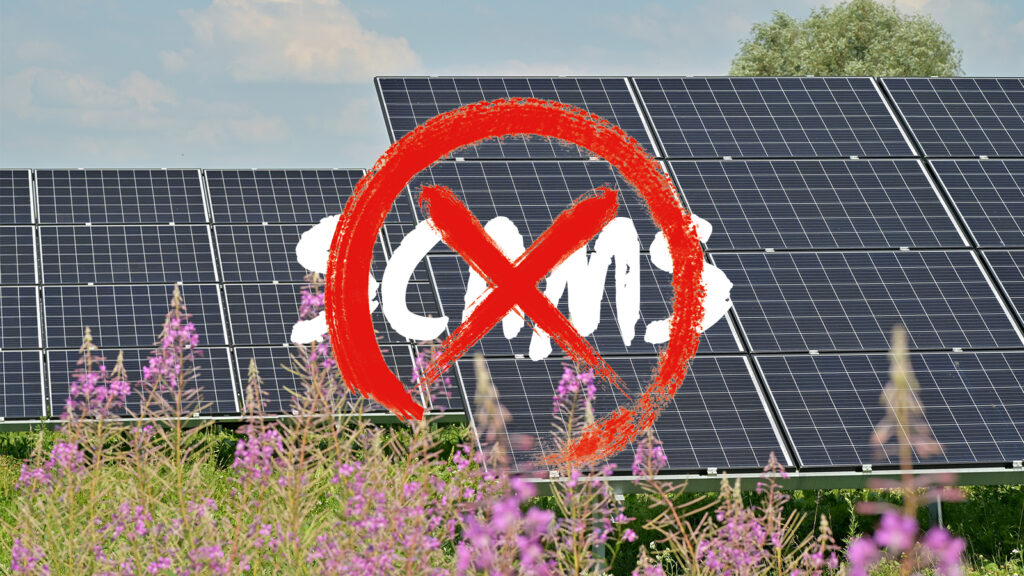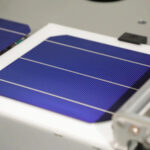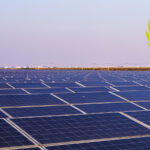Maysun has collected a few of the most widely spread messages on the internet and explained them.
1. PV pollution
Speaking of photovoltaic industry, there is no shortage of people think that this is “high pollution, high energy consumption” industry, for the production process of photovoltaic crystalline silicon components will produce a large number of pollutants, contrary to the original intention of green development.
But we have to recognize the fact that there are pollutants and pollution is two completely different concepts. Pollutants are not disposed of to cause pollution; on the contrary, legal disposal, it can not be called environmental pollution. In terms of laws and regulations, as long as it can achieve the standard emissions, it is considered as “no pollution”. PV recycling business is also gradually maturing, click the button below to read.
Some people say that photovoltaic has light pollution, which will cause people’s dizziness and other discomfort. But in fact, photovoltaic itself is by the absorption of solar power, the overall absorption of more reflection less. The source of light pollution is visible light, photovoltaic module internal power generation unit cells will absorb visible light will be converted into electricity, will further reduce the reflection of visible light. Second, solar panels are generally installed on the roof, or open ground, the surrounding environment and people will not be affected.
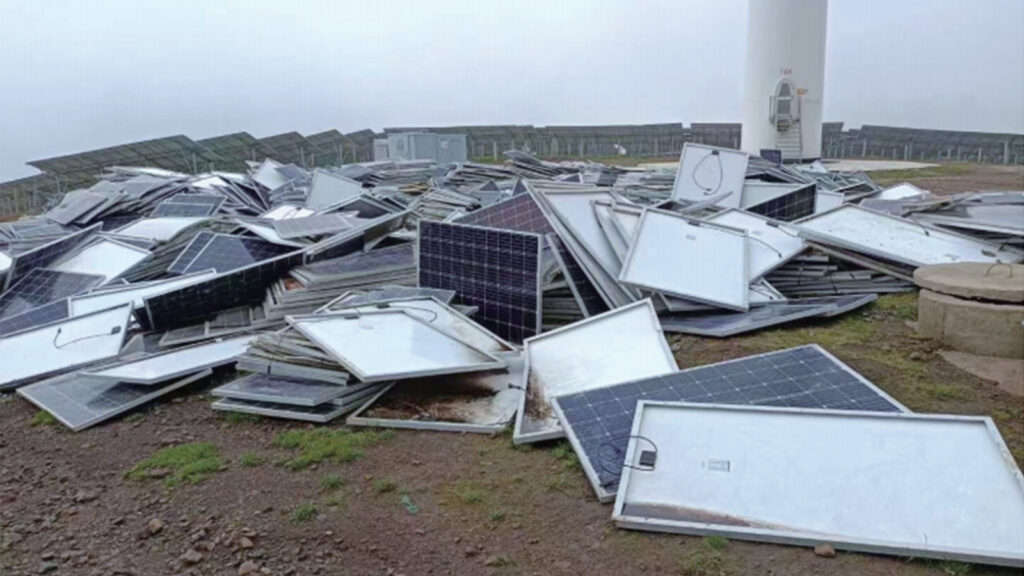
2. PV occupies land
European countries are scarce land resources, and centralized PV covers a large area, involving land approval and other procedures are more complex and time-consuming, while the roof, wall and other easy to install and have economic, so the European region to install distributed PV. Recent European initiatives to shorten the approval process for rooftop photovoltaic projects, mandatory installation of PV on specific roofs within the relevant period. In addition, the EU “energy system digitization plan” proposed, in infrastructure to increase 565 billion euros of investment to promote commercial and industrial photovoltaic, household photovoltaic, zero carbon cars and other projects progress.
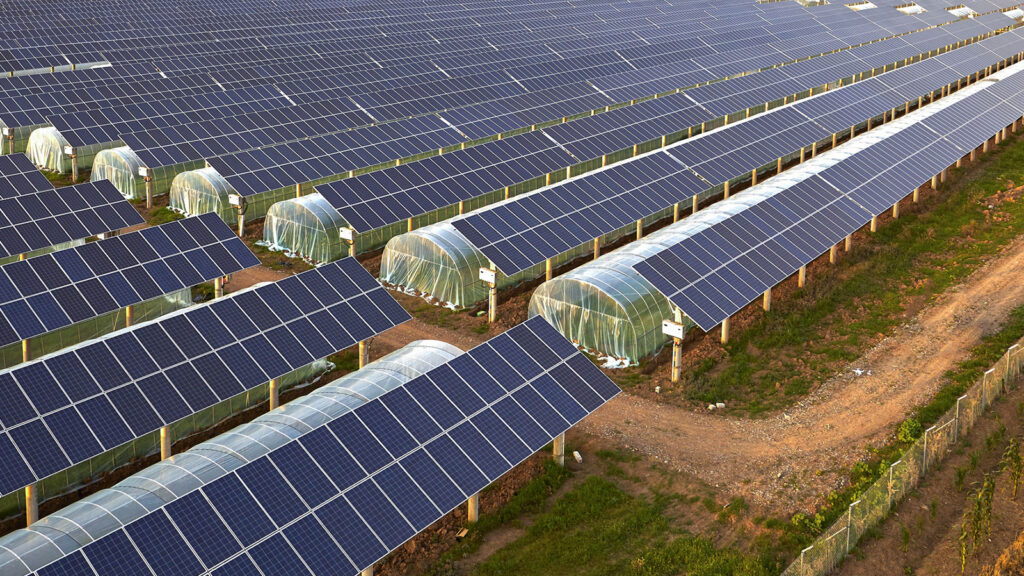
3. PV harm agriculture
In fact, “photovoltaic + agriculture” is an emerging business model of photovoltaic power generation, is also a kind of photovoltaic composite power generation project. This model solves the problem of photovoltaic power plants and agriculture for land, in the process of agricultural production practice to achieve a multi-purpose, for the sustainable development of agriculture and photovoltaic industry provides a strong technical support. In fact, in addition to becoming autonomous and self-sufficient in terms of energy, farms can also produce excess energy (instead of self-consumption), which can be sold to the national grid.
4. Solar energy is not sustainable
Among the renewable energy sources, solar energy is undoubtedly the most sustainable. Solar energy is a clean, renewable energy source that does not cause pollution. For example, for every kilowatt of electricity generated in an hour, about 700 grams of released carbon dioxide can be reduced. Photovoltaics is a technology that allows energy to be produced in a sustainable way, without wasting resources and with low distribution and maintenance costs.
There are no greenhouse gas emissions involved in photovoltaic power generation and, most importantly, it is an excellent investment to reduce the cost of electricity. Even in the last few years of greenhouse agriculture development, the technical model of combining solar energy with agricultural greenhouses can improve the sustainability of greenhouse performance.
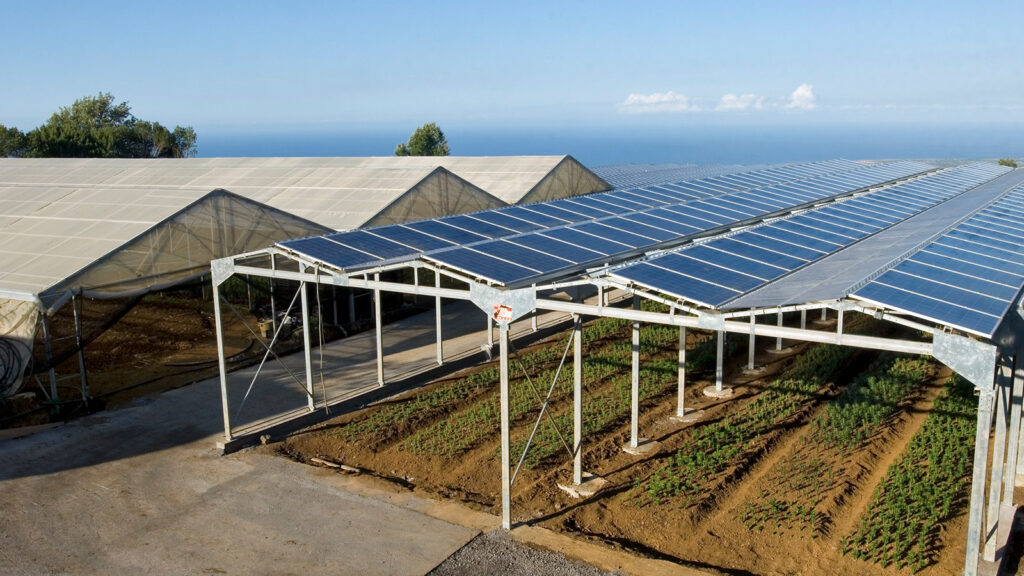
5. PV is expensive and the investment does not pay for itself
Photovoltaic systems are an investment project with long-term benefits for households and businesses, and have non-negligible advantages in both the household and industrial sectors. Although in the early purchase of photovoltaic, the input cost is large, but several countries have relative incentives, we can also choose to grid-connected mode, the excess electricity sold to the state.
Recently, the price of PV panels has continued to fall, and the average life of PV systems is over 20 years. As the investment cost decreases, its return on investment will increase year by year and the payback period will be further shortened.
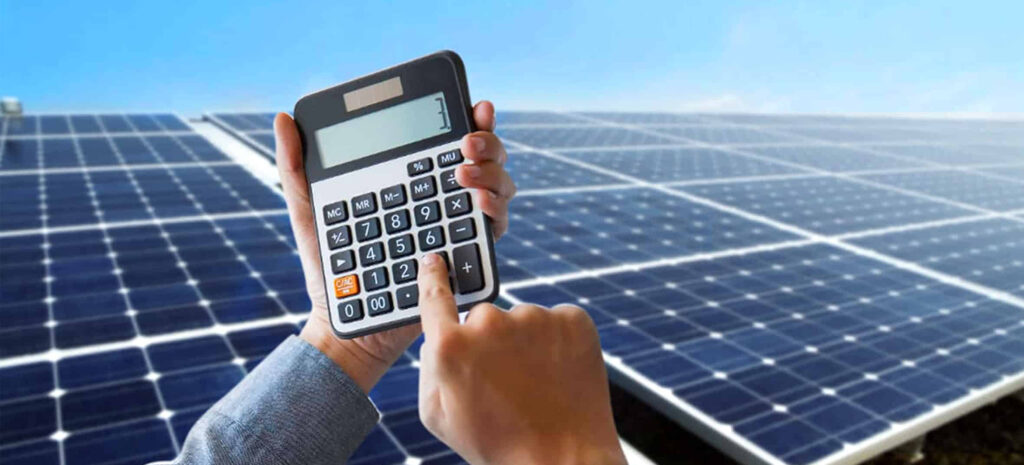
There are many more prejudices and rumors about PV systems than we can explain here, but we hope you can see that the essence of PV power is to provide high quality clean energy and to achieve the goal of carbon neutrality.
As a PV module manufacturer with 15 years of experience in the industry, Maysun Solar has offices and warehouses in many countries and regions, and we have established long-term and stable relationships with many excellent installers. Feel free to contact us for the latest module quotes or to ask PV related questions.
You may also like:

New Photovoltaic news you should know about (March 2024)
Table of Contents REC Unveils a 430 W Heterojunction Solar Module Boasting 22.2% Efficiency REC, a Singapore-based PV module manufacturer, introduces its residential solar modules featuring Alpha heterojunction cell technology. Production has commenced at REC’s Industry 4.0 fab in Singapore, with initial shipments

IBC Solar Modules vs. Bifacial Glass-Glass Solar Modules: Which Is More Suitable for Winter or Low-Light Conditions?
Table of Contents Introduction As the demand for renewable energy continues to surge, advancements in solar technology have broadened the spectrum of component choices available to us. Among these, IBC (Interdigitated Back Contact) full black solar modules have garnered special attention due to

Why Are Lightweight Bifacial Solar Panels the Best Choice for Balcony Solar Power Plants?
Table of Contents In the quest for efficient and eco-friendly home energy solutions, solar photovoltaic technology has emerged as a key player due to its sustainability and clean energy benefits. Particularly in the space-constrained urban settings, the effective conversion of every inch of

Questions You Might Ask About Balcony Solar Power Plants in 2024
Table of Contents What is a Balcony Solar Power Plant? Similar to a traditional photovoltaic panel, a Balcony Solar Power Plant is a device designed to generate electricity from solar energy. This green energy generator is specifically tailored for self-consumption, but it comes with

A Step-by-Step DTU Guide for Balcony Solar Power Plants
As renewable energy becomes increasingly integral in our daily lives, Maysun Solar’s Balcony Solar Power Station, with its advanced technology and user-friendly design, represents a transformative approach to home solar solutions. The integration of a Data Transfer Unit (DTU) enhances its smart functionality

What Are The Main Components of Solar Panels?
What are the main components of solar panel? Solar panels, the cornerstone of solar energy technology, are composed of several integral parts, each contributing to their ability to harness sunlight and convert it into electrical energy. In this article, we will explore the essential

